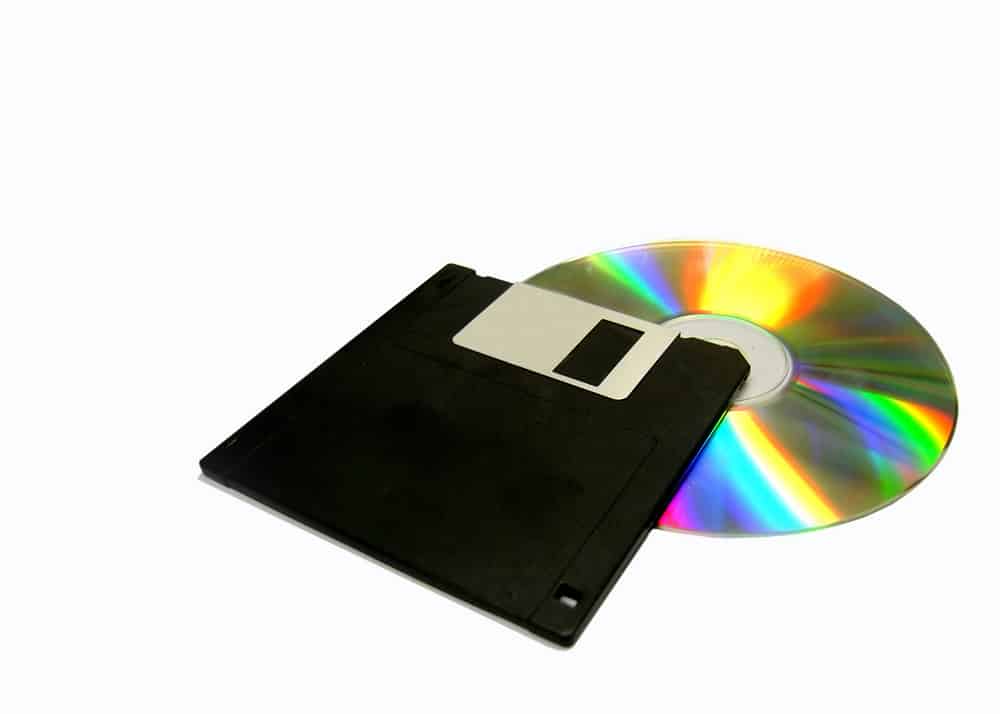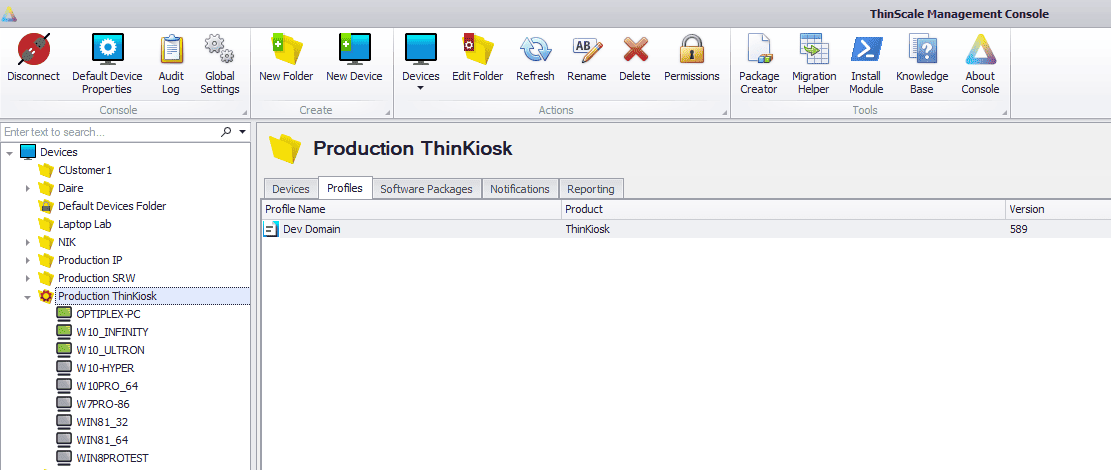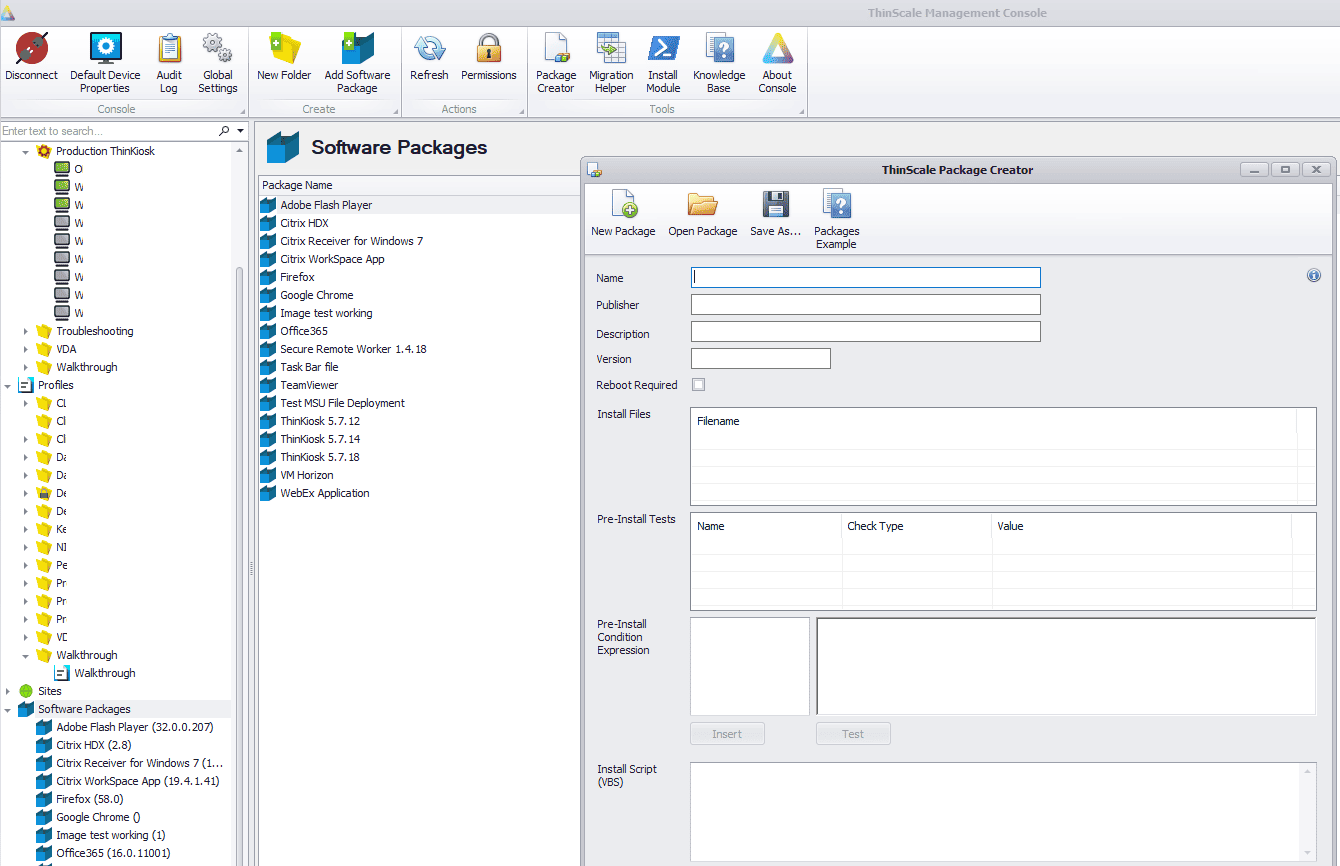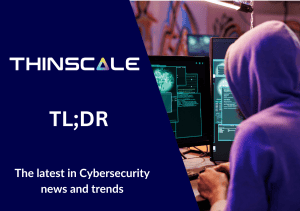Happy new year all!
![]()
Disclaimer: ThinScale is not responsible for injuries caused by floating applications

“Why do doctors hate him?” *click*
ThinKiosk and Secure Remote Worker help in your application delivery by giving you choice. Being vendor agnostic our solutions work with remote and virtual apps from almost all providers.
Why bother with local applications?
For some, in an ideal world, all of our applications would be virtualized, but this is not always a reality. Requirements and restrictions often raise further complexities in application delivery.
In a recent conversation with Brian Timp, Workspace Consultant and owner of Automaze IT Solutions, it was noted that recently there has been a push towards the local installation of applications on the device itself. To accommodate areas with network issues that would struggle to provide consistent user experience in VDI or cloud-based resources.
This very much matches some of the cases we’ve seen. In our experience, people are embracing a “hybrid” approach to their applications. Pushing for a combination of local and virtual resources.
Reasons for this could be:
- Resource intensive Virtual/Remote app performance
- Dependence on legacy applications
- Network Latency
Resource Intensive Virtual/Remote app performance
 Team’s electron-based infrastructure can cause issues in VDI environments
Team’s electron-based infrastructure can cause issues in VDI environments
VoIP solutions such as Cisco or Zoom are also top offenders in this regard. Extending on the Teams point above, apps for conferencing that require video and audio often run on servers that are not built effectively for it. They require a lot more CPU and Memory, and often these servers are set up/rented to be optimized for hosting things like outlook or word.
Media players (specifically when video playback is involved) and their issues are a tale as old as time when it comes to VM’s and thin clients. Picture quality, playback speed, choppy performance. Video eats up a lot of CPU.
If you’re noticing a trend, it’s that anywhere video is involved is a huge resource consumer. But the above resource-hogging could also easily occur with any browser (chrome loves its memory) or spreadsheets like Excel.
If resource utilization is an issue for you, IntelliPerform dynamically reduces the usage of troublemaking processes, read more about it here.
Legacy applications
The business may be dependent on older applications, which may be difficult to virtualize, or too expensive to upgrade to a version that supports virtualization, that’s not to say one shouldn’t attempt to upgrade and centralize these applications, but for a lot of companies, this isn’t always 100% feasible, often due to budget or potential time commitment required. We’ve seen this is common in enterprise as well as in government environments. 1 in 4 IT leaders reflects some weariness to move legacy applications to the cloud.

For some IT departments, if the app is in the workplace, and works well, then the idea of paying extra money to deploy the app virtually is unattractive. On-prem VDI is already a hefty investment especially in high-performance environments, the same can also be said for cloud environments, Azure and AWS users can pay up to 29 times more per month for the IOPS consumption needed for high-performance workloads.
Network Latency
Latency can be a major issue in cloud environments, where often the datacentre could be miles away. This often severely reduces quality for applications that deal with conference calls, video playback and most VoIP apps in general. Depending on your network, your applications could suffer from latency issues and can lead to extreme input delays. This really affects any event-driven applications in “serverless” environments, with delays seen up to hundreds of milliseconds.

How can ThinKiosk and Secure Remote Worker help with this?
Local apps can be passed through ThinKiosk and Secure Remote Worker’s secure UI from the underlying Windows OS, these local apps utilize the resources of the local device, leaving more available server-side for other virtualized processes. These apps are all accessed the same way as the virtual apps, so you have a single pane of glass to view all of your applications.

Teams, Zoom, even media players like VLC can be passed through the secure UI and accessed alongside any of your virtual apps
ThinKiosk and Secure Remote Worker are both Windows-based solutions, so if it works for Windows, it will work for you. Both solutions support the usage of legacy applications and hardware, as standard Windows drivers are completely compatible with ThinKiosk and Secure Remote Worker.
Due to these applications being run locally, latency is also less of an issue as you are not trying to access the whole application through the network.
With the ThinScale Management console, you can quickly deploy policies for local app access, allowing different applications to be passed through for different users/departments.

Put your profile within the device folder to deploy to each of the devices within that folder
The ThinScale Management Console also allows for the central deployment and updating of local applications through the Package Creator, giving you control over these local apps that would have been previously lost.

Easily deploy and update your local applications centrally
As covered in one of our previous postings, environments are rarely straightforward. ThinKiosk and Secure Remote Worker give you choice on how you want to provide your end-users with their resources, through dedicated vendor connections, HTML or local app pass through. Both software provides a secure, lightweight and flexible solution to complexities with application rollout.



